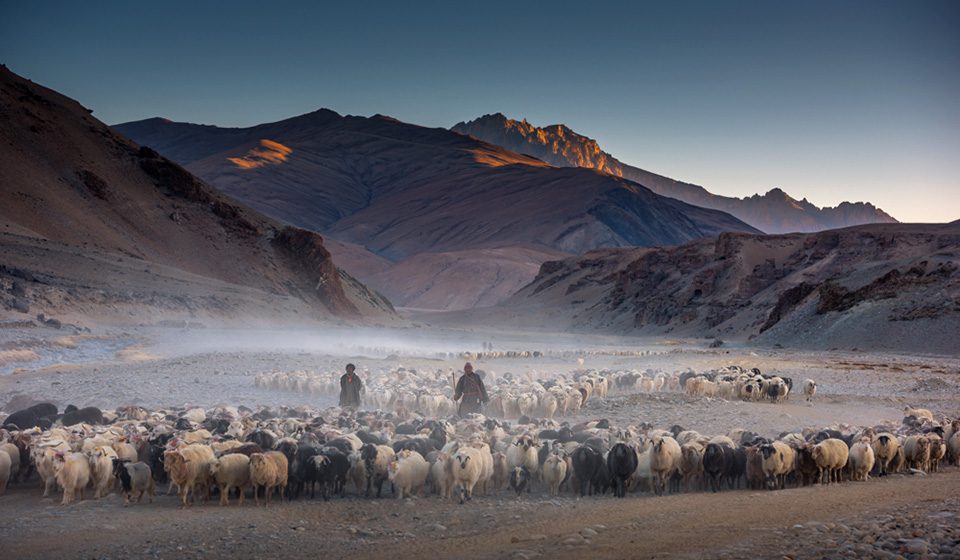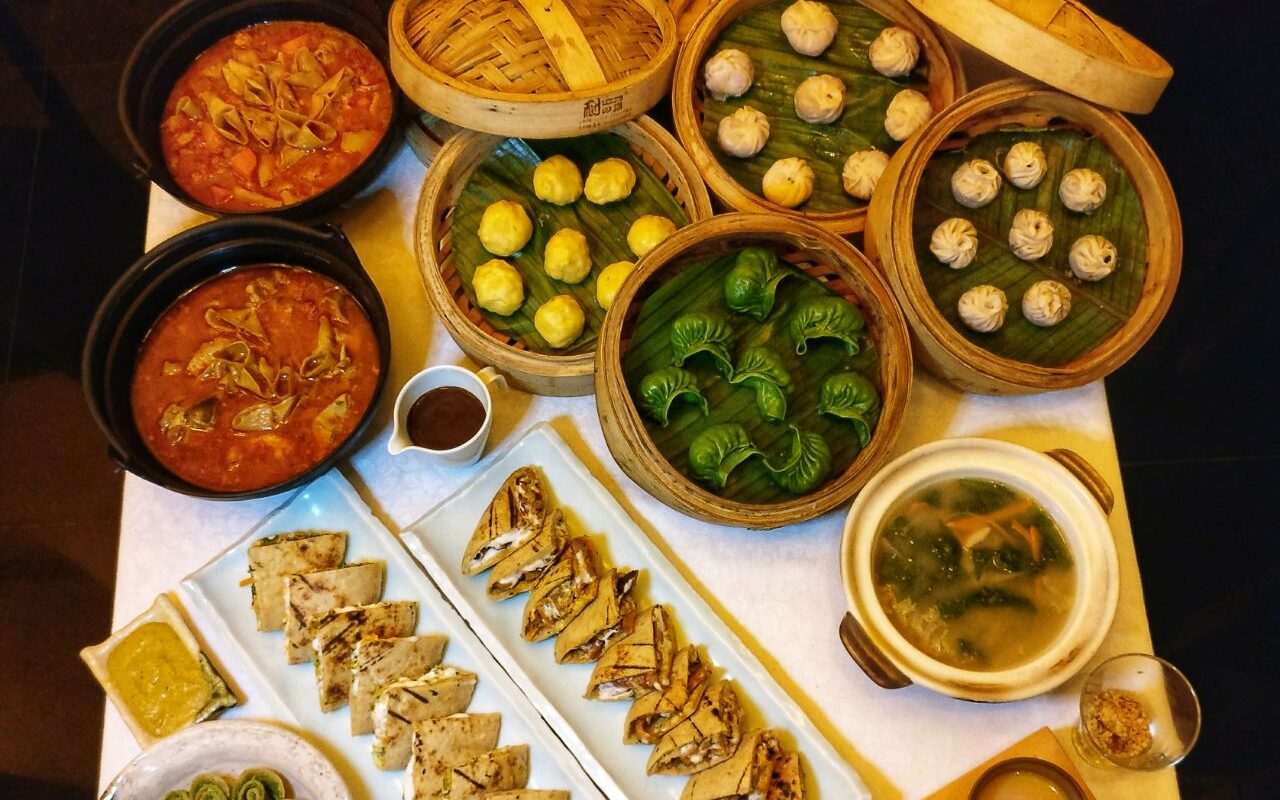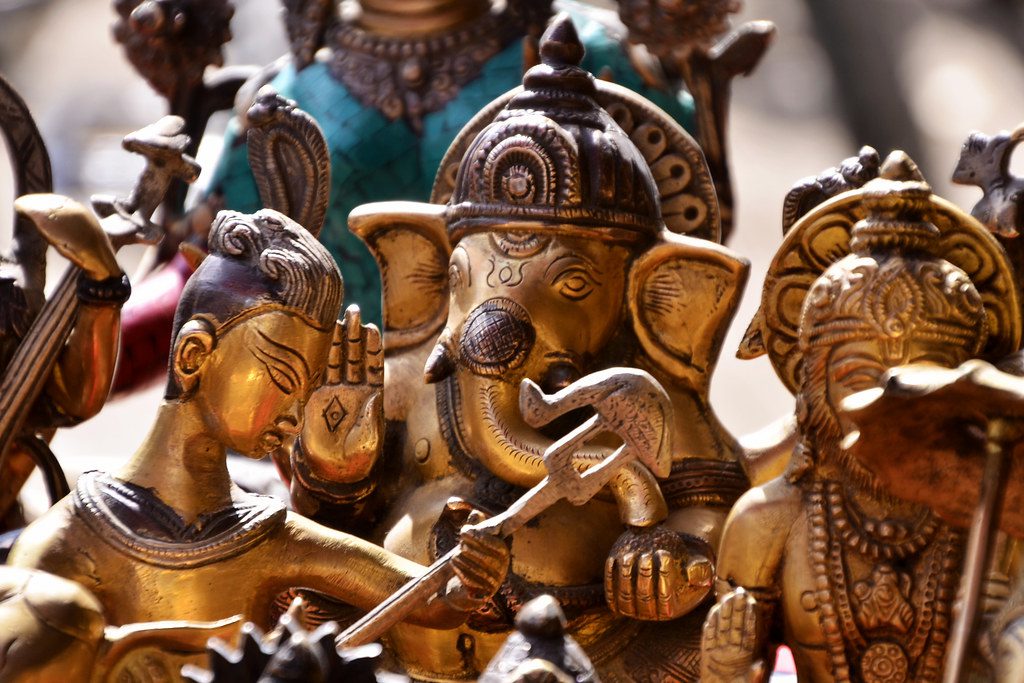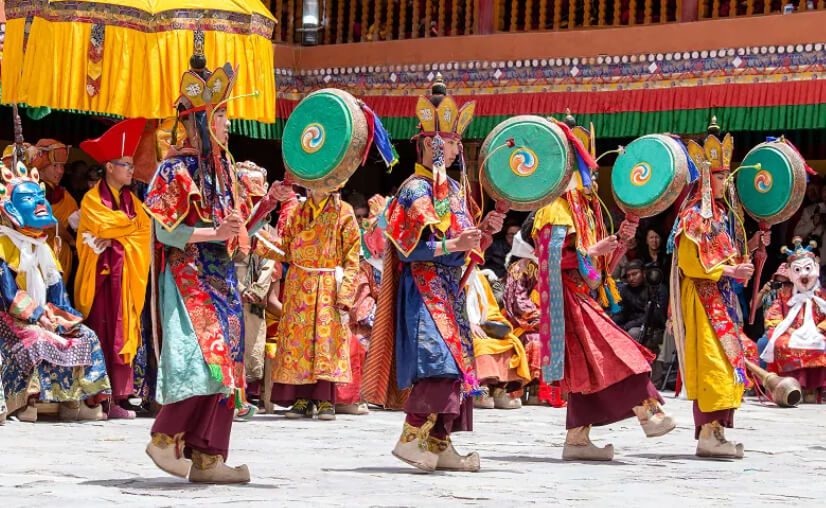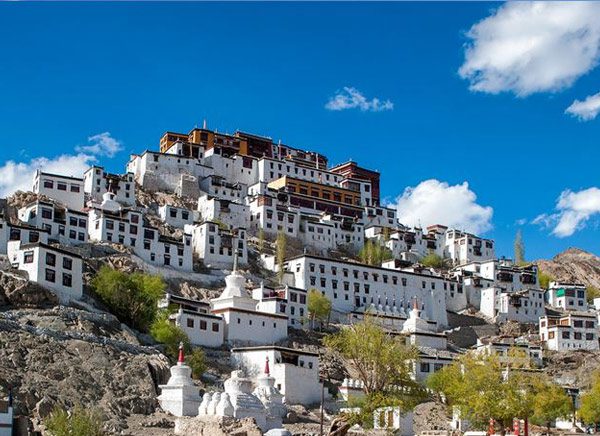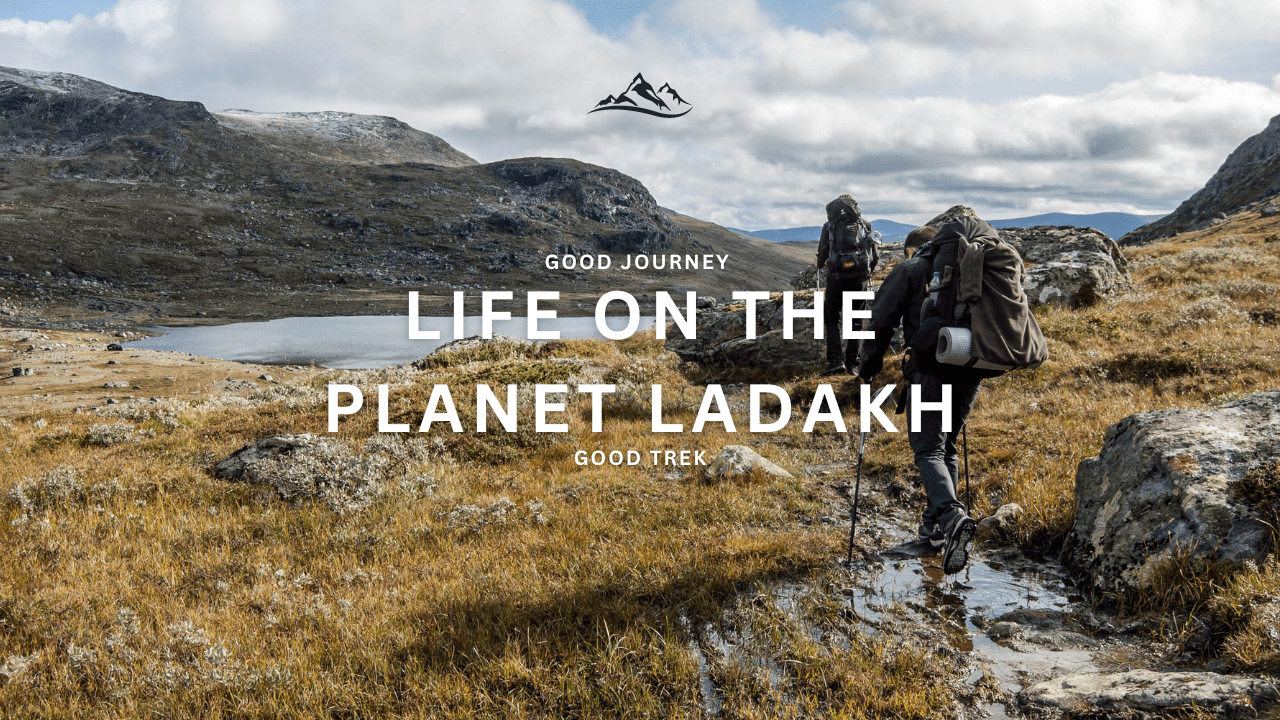Itinerary
Day 1 – Arrival in Leh and Traditional Welcome
Upon arriving in Leh, you'll be greeted with a traditional Ladakhi welcome, setting the tone for the cultural immersion ahead. Check in to a comfortable guesthouse that offers a balance between cultural immersion and modern comforts. In the evening, join an orientation session to get an overview of Ladakh's rich cultural heritage, preparing you for the days ahead.
“The welcome ceremony was beautiful! From the moment we arrived, we felt embraced by Ladakh's unique culture. The guesthouse was cozy and the staff incredibly warm and welcoming.”
— Sarah Thompson, USA, Travel Blogger
Day 2 – Leh Heritage Walk and Thiksey Monastery
Begin the day with a heritage walk through the ancient lanes of Leh. This guided tour will introduce you to the architectural wonders, markets, and history of the old town. Afterward, visit the magnificent Thiksey Monastery, an architectural marvel perched on a hilltop. Here, you’ll engage in an interactive session with Buddhist monks to understand the philosophies of Tibetan Buddhism.
“Thiksey Monastery was awe-inspiring! Listening to the monks speak about Buddhist philosophy gave me a deep respect for their way of life. The view from the monastery was simply breathtaking!”
— Amit Verma, India, IT Consultant
Day 3 – Traditional Arts and Crafts Workshop
Today, you'll dive into the world of traditional Ladakhi arts by participating in a hands-on workshop. You’ll learn the basics of thangka painting, a revered Tibetan Buddhist art form, or wood carving, an ancient craft passed down through generations. In the evening, enjoy a cultural performance where local artists showcase Ladakhi music and dance.
“The arts workshop was the highlight of the trip for me! I had never painted before, but learning the intricate details of thangka painting from a master artist was a truly humbling experience.”
— Li Wei, Taiwan, Art Teacher
Day 4 – Nomadic Encounter in the Changthang Plateau
The journey takes a remote and adventurous turn as you travel to the Changthang Plateau, home to Ladakh’s nomadic Changpa people. Spend the day with a nomadic family, sharing meals and stories. You’ll learn about their unique way of life, including herding pashmina goats, living in yak wool tents, and navigating the harsh terrain of the plateau.
“I never thought I would be sitting with a nomadic family, sipping butter tea and listening to their incredible stories. This experience made me realize how resilient and resourceful the people of Ladakh are.”
— Maria Hernandez, Spain, Photographer
Day 5 – Ladakhi Cooking Class and Communal Dinner
Food is an essential part of Ladakh’s culture. Today, you’ll participate in a Ladakhi cooking class where you'll learn to prepare traditional dishes like momos (dumplings) and thukpa (noodle soup). After preparing your meal with local ingredients, enjoy a communal dinner where you can taste your own creations while exchanging stories with fellow travelers.
“Learning to cook Ladakhi food was such a fun and rewarding experience! The communal dinner felt like a celebration of everything we had learned.”
— James Lee, Australia, Chef
Day 6 – Traditional Music and Dance Night
Ladakh’s cultural heritage is deeply rooted in its music and dance. This evening is dedicated to traditional Ladakhi music, where you'll listen to live performances featuring daman (drums) and surna (oboes). Visitors are invited to learn basic dance steps and join in the lively celebration.
“The music and dance night was magical! The rhythm of the drums and the beautiful traditional songs brought the entire group together. We danced around the bonfire until late into the night.”
— Emma Johnson, UK, School Teacher
Day 7 – Alchi Monastery and Indus River Rafting
Visit the renowned Alchi Monastery, known for its ancient frescoes and Buddhist art. Alchi is one of the oldest monasteries in Ladakh, and its artwork is unmatched in detail and beauty. After exploring the monastery, experience the thrill of rafting on the Indus River, with stunning views of the Ladakhi landscape.
“Rafting on the Indus River was an adventure I’ll never forget! The calm waters and the dramatic backdrop of Ladakh’s mountains made it a perfect blend of thrill and tranquility.”
— David Kim, South Korea, Engineer
Day 8 – Cultural Homestay in Nubra Valley
Today, you’ll journey to the scenic Nubra Valley and stay with a local family as part of a cultural homestay. Participate in daily activities, such as farming or animal care, and learn firsthand about Ladakhi customs and traditions. In the evening, take a peaceful stroll through the valley’s village streets, surrounded by mountains and sand dunes.
“Staying with a local family in Nubra Valley gave me such a deep connection to Ladakhi life. I helped milk a yak, learned about their farming practices, and enjoyed some of the best food I’ve ever tasted.”
— Anna Fischer, Germany, Ecologist
Day 9 – Hemis Festival (Seasonal)
If you’re lucky enough to be traveling during the festival period, you’ll attend the famous Hemis Festival, which celebrates the birth of Guru Padmasambhava. The festival is famous for its mask dances and colorful performances, representing Buddhist mythology. It’s a joyful event filled with vibrant costumes, music, and dance.
“The Hemis Festival was a visual feast! The energy of the performers, the intricate mask dances, and the colors—it was an experience that truly brought Ladakh’s culture to life.”
— Mark Anderson, USA, University Professor
Day 10 – Farewell and Departure from Leh
Your Ladakh cultural journey comes to a close with a heartfelt farewell ceremony. Traditional music and prayers are offered, and there’s time to exchange contact information with the local families and fellow travelers you’ve met along the way.
“The farewell was bittersweet. I left Ladakh with a heart full of beautiful memories, deep cultural insights, and new friends from across the world.”
— Sonia Patel, India, Business Consultant

